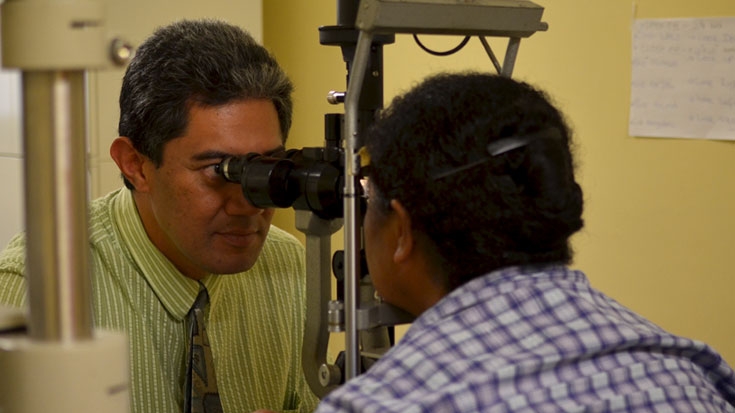This report is intended to help officials implement agreed strategies to respond to non-communicable diseases (NCDs) in ways that are affordable for Pacific Island governments. It provides the latest evidence about the economic and financial implications of responding to the NCD crisis in the region. This roadmap is not a plea for extra resources; rather it is an argument for using existing resources to better effect.
Key findings:
- NCDs account for around 70-75% of all deaths in the Pacific Islands. Many of these NCD-related deaths are premature (before age 60 years) and are preventable. Most of the trends and risk factors point to a worsening of the situation: the top 10 countries with the highest rates of diabetes in the world are in the Pacific Islands; 52.45% of adult males in Tonga are estimated to be obese; in Kiribati, Federated State of Micronesia, Tonga and Samoa adult female obesity is estimated to be 50% or more.
- NCDs impose large but often preventable financial costs on already overstretched government health budgets. Several NCD-related programs in the Pacific Islands are already unsustainable financially. However, there are proven, affordable, and cost-effective interventions. Some cost-saving interventions can pay for themselves over the longer term.
- Multiple factors inside and beyond the health sector are driving the rise in NCDs, so a multi-sectoral approach is essential. Health challenges that involve factors beyond the health sector include: availability of water and sanitation, the level and quality of girls’ education, policing of traffic violations, and domestic violence.
- Given risk factors in the Pacific and available use of cost effective actions (often referred to as ‘best buys’ for the available funding), each country should now finalize its own short country-specific NCD Roadmap that would include these four key strategies common to all countries in the Pacific:
- Strengthening tobacco control, including raising the excise duty to 70% of the retail price of cigarettes.
- Reducing consumption of food and drink directly linked to obesity, heart disease and diabetes such as sugar-sweetened drinks, salty and fatty food.
- Improving the efficiency and impact of the health sector for prevention and early treatment.
- Strengthening monitoring and evaluation around activities.
- Effective implementation of the recommendations in this roadmap is the most likely way of 'bending' the cost curve for NCD treatments. The strategies put forward in the Roadmap are achievable and affordable but will take determination and leadership.

